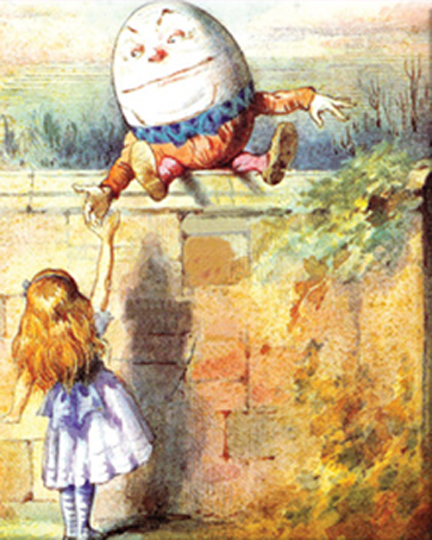 By Prof. Dr. Henny Bijleveld
By Prof. Dr. Henny BijleveldUniversité Libre de Bruxelles
In 2008, an interesting article on music and language learning was published in Cognition by Schön, Boyet, Moreno, Besson, Peretz and Kolinksky, in which they argued that “consistent mapping of linguistic and musical information would enhance facilitation of learning, with a longer-lasting effect in memory” (Cognition, 2008, vol. 106, pp.975-983). This reminds us of what teachers previously did in the classroom when they had the pupils learn songs. What did they know without having the neuroscientific proof of the benefit of music on language learning? They simply had experienced the positive result of music on language and learning in general.
Nursery rhymes and counting rhymes have a special place in this learning process.
What can we learn from this from a therapeutic perspective?
Nursery rhymes constitute an amazing source for language learning and speech therapy, because they represent some of the fundamental aspects of each language, and their universal presence –all languages have nursery rhymes and many languages have the same –indicates the huge universal impact on language learning for the young child.
The fundamental aspects of nursery rhymes and counting rhymes are the rhythm and the typical phrase melody of a specific language, the repetition of rhymes, of sounds and consonants, the alternation of stressed and unstressed syllables. The “non serious” context of nursery rhymes and counting rhymes with nonsense words included is another important aspect of their specific role in learning and in therapy. They are learned for fun. Let’s have a look at this:
Eeny, meeny, miny, moe,
Catch a tiger by the toe;
If he hollers, let him go,
Eeny, meeny, miny, moe.
Humpty Dumpty sat on a wall
Humpty Dumpty had a great fall
All the King’s horses,
and all the King’s men
Couldn’t put Humpty
together again.
The two rhymes are sung in a typical rhythm, with a stressed syllable followed by an unstressed one. This simple beat (/ -/-/-/) helps the child to easily follow the phrase and to learn in repetition new sounds in opposition (/mee/mi/moe/) with the first consonant repeated.
In Humpty Dumpty, the repetition of /a/ in /sat, had, and again/ in opposition to /a/ in /wall, fall, all/ is learned in the same way: repetition-opposition and rhyme with the same simple beat of stressed and unstressed syllable. Accent and intonation are the basis for emerging communication.
When singing the nursery rhymes or counting rhymes, the child learns to repeat the correct accent and pronunciation of familiar but different sounds in the correct phrase rhythm.
In the clinical setting of stuttering therapy and in the home environment, both rhythm and easy rhymes that receive the accent, help the child to master beginning sounds that constitute a difficulty. Moreover, and another important aspect in stuttering, the nonsense words in the rhymes alleviate the linguistic burden of the speech output and therefore help the child to experience stutter-free speech in a pleasant way, just for fun.
The nursery rhymes and counting rhymes are fun for the child and the family, make the child inclined to repeat them over and over, gives him/her the feeling that speech is easy, regulate the respiration, and help the child in mastering language in a smooth and easy-going way. It benefits everybody.
Coming in the fall newsletter: What do nursery rhymes and music teach us about cerebral activity in relation to stuttering?
Here are some suggested nursery rhyme websites compiled by Judith Maginnis Kuster:
• Suggestions on Reading Nursery Rhymes With Children: http://www-personal.umich.edu/~pfa/dreamhouse/nursery/rhymes.html
• The Real Mother Goose by Blanche Fisher Wright, beautiful PDF of this entire classic: www.gutenberg.org/etext/10607
• Preschool Fingerplays, Action Poems, Nursery Rhymes and Songs: www.preschoolrainbow.org/preschool-rhymes.htm
• 48 Mother Goose and nursery rhyme pages to print out and color: www.niteowl.org/kids/index.html
• Mother Goose: www.rhymezone.com/g/goose
From the Summer 2013 Newsletter






 Podcast
Podcast Sign Up
Sign Up Virtual Learning
Virtual Learning Online CEUs
Online CEUs Streaming Video Library
Streaming Video Library